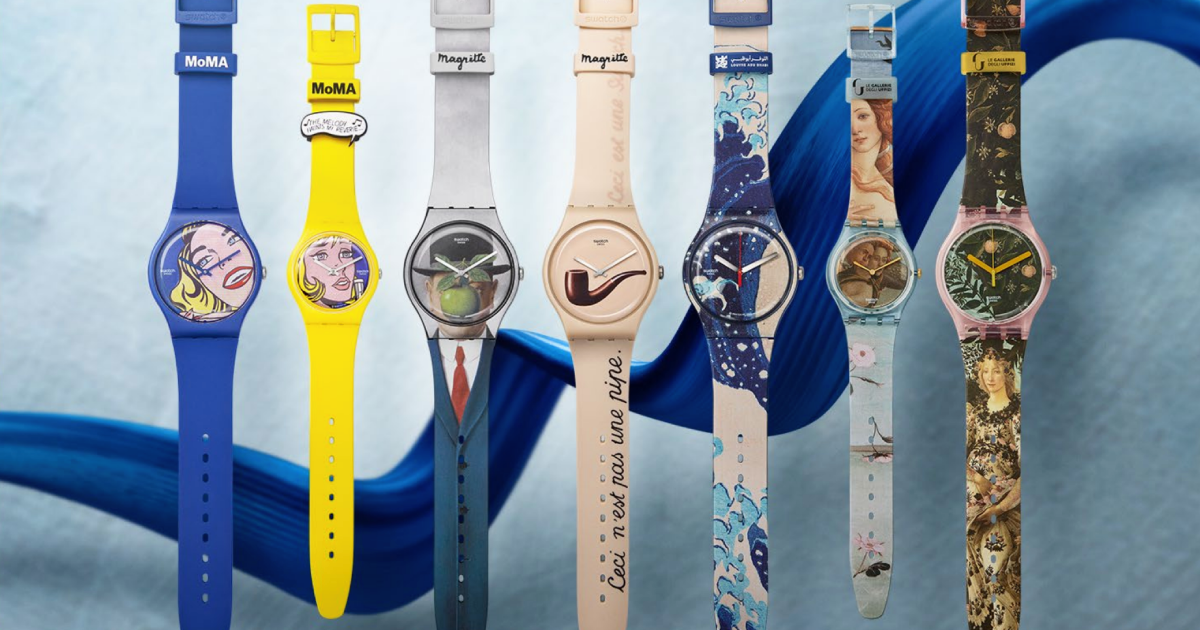Future Visions for Art and Cultural Licensing in Italy

By Roberta Nebbia, Italy Managing Director at Licensing International
One of the most precious things that Italy has to offer, besides its extraordinary food and breathtaking landscapes, is its immeasurable cultural heritage. Great classical and contemporary art, a record number of UNESCO World Heritage sites, centuries-old landmarks, artists’ residencies, and a living tradition of craftsmanship make Italy a cultural superpower unlike any other.
Today, this immense heritage stands at a promising turning point, which is the opportunity to embrace art and cultural licensing as a driver of innovation, defining its own model in the licensing business—one rooted in the aesthetic power of beauty, the authority of history, and the creative value of artistic excellence.
Italy now benefits from the privileged perspective of observing the great international case histories written by institutions such as the V&A Museum, MoMA, Van Gogh Museum, and Musée du Louvre—pioneers that have long used licensing to extend their cultural mission beyond museum walls. Italian institutions can reinterpret this model, imposing their own identity rather than replicating foreign templates.
The bellezza is intrinsic in the Belpaese: the beauty is blocked in time in the archeological site of Pompeii, is blooming at the Uffizi Galleries in Florence, and is spiritual in the hallways of the Vatican Museums. Many locations in Italy patiently preserve such beauty in the hope for visitors to rediscover its value: the largest collection of Egyptian art outside Egypt is at the Museo Egizio in Turin; the timeless harmony of art, sculpture, and architecture is preserved at the Galleria Borghese in Rome; the history of cinema walks up in the iconic tower of the Museo del Cinema in Turin; and some of the oldest and most appreciated opera houses in the world are hidden gems that one can find from north to south, starting from the Teatro San Carlo in Naples and continuing with the Teatro alla Scala in Milan, La Fenice in Venice, and the Teatro Massimo in Palermo.
Such heritage is just laying silently in the hope to get back into fashion. And the timing could not be better.
Italian museums and cultural institutions are seeking new revenue streams and audience connections. The Italian Ministry of Culture, which controls most of the Italian museums and cultural institutions, has placed the valorisation of cultural heritage at the centre of its vision, not only as preservation tool but also as an monetization objective.
In its official guidelines, the Ministry recognises the need to strengthen the profitability and self-sustaining financial capacity of state cultural institutions. This vision implicitly encourages museums to explore revenue-generating, commercially sustainable models. Licensing and merchandising naturally fit this purpose. We surpassed the mere reproduction of artworks, and want to find new ways for creative innovation, pursuing the mission to transform cultural identity into products, experiences, and storytelling for contemporary life.
This institutional context provides fertile ground for a transformation from heritage as conservation to heritage as a living brand ecosystem.
To succeed, Italian museums must learn to structure clear licensing strategies, starting from narrowing down the key elements of their collections, assessing their assets, defining a strong brand identity, and understanding rights management, product categories, and partnership guidelines in order to navigate this new wave of opportunity and design their next move to evolve into products.
What Italy needs is not reinvention but a reconnection between museums and companies, between art and business, and between history and the everyday.
This is the mission that Licensing Italia, the representative office of Licensing International in Italy, has chosen to champion—to help build a new visionary model of cultural branding that reflects the country’s identity.
Across the country, museums, foundations, and cultural institutions are beginning to see themselves not only as custodians of the past, but as active players in creativity and innovation. A new vision is emerging—one that connects Italy’s extraordinary legacy with the languages, audiences, and markets of the contemporary world.
Italy has everything it takes to lead this transformation, including the world’s richest artistic archive, unmatched design know-how, a tradition of quality manufacturing, and a global reputation for beauty and authenticity. What is needed now is a shared vision—a roadmap that turns these assets into a coherent cultural-branding strategy capable of positioning Italy as a benchmark in this field.
Cultural licensing can become the tool that allows Italy to speak the language of the future without losing sight of its past. Italy’s cultural heritage does not need reinvention; it needs a vision. A vision that sees in every licensed product a story, in every collaboration a new life, and in every museum a living brand of beauty and the opportunity to sustain itself, its knowledge, and its identity.




